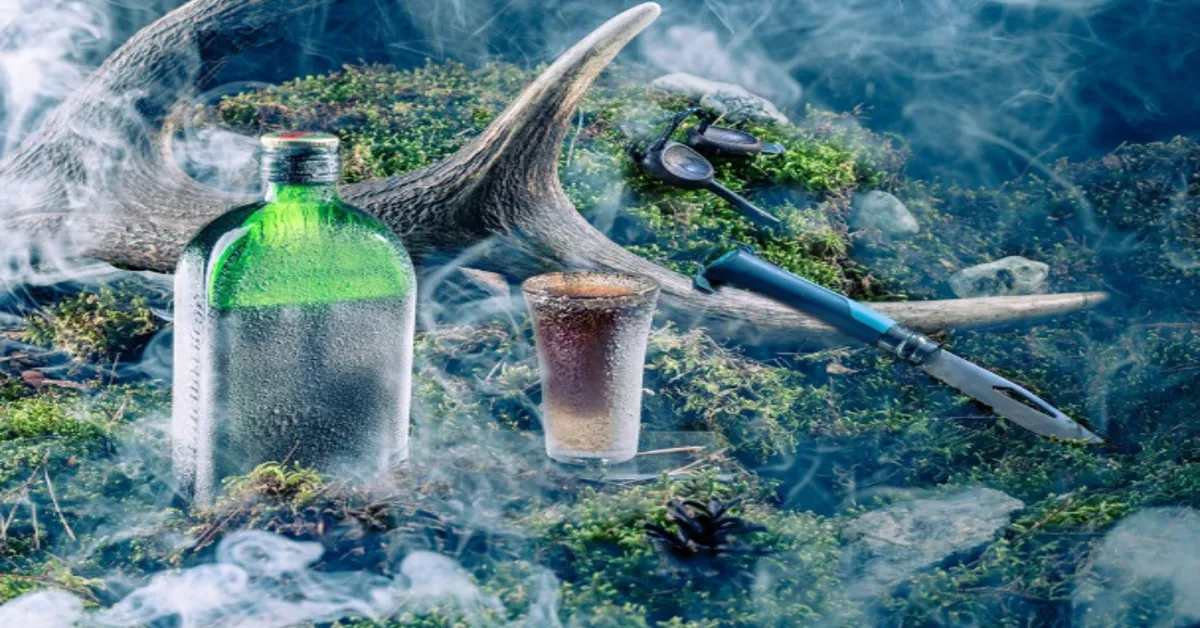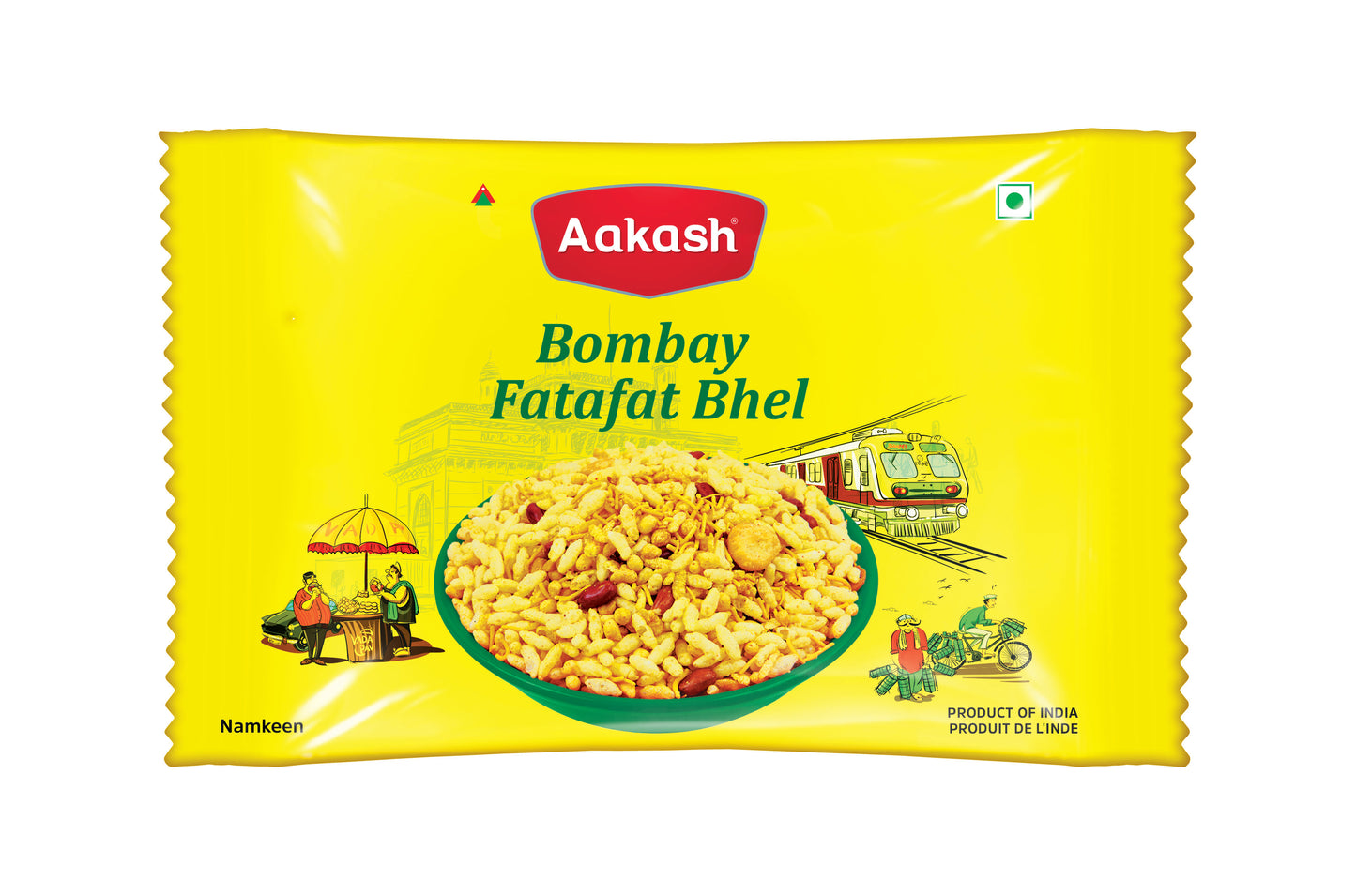If you’ve ever stood at a crowded bar, glass in hand, and wondered what exactly you’re drinking when someone hands you a Jäger shot, you’re not alone. Jägermeister is often associated with college parties, frozen shot machines, and late-night rituals—but behind the neon lights and youthful exuberance is a deep, historic, and meticulously crafted herbal liqueur. Jagermeister is a complex spirit made from 56 botanical ingredients, aged in oak barrels, and steeped in nearly a century of tradition.
It’s more than a drink; it’s a story. This article unpacks the origins, composition, cultural impact, and modern evolution of Jägermeister, offering a layered understanding of one of the world’s most misunderstood liqueurs.
What Is Jagermeister?
At its core, Jagermeister is a German herbal liqueur, created in 1934 by Curt Mast and now produced by Mast-Jägermeister SE in Wolfenbüttel, Germany. The name translates to “Hunting Master” or “Master Hunter,” a nod to Germany’s traditional hunting culture. With an alcohol content of 35% (70 proof), Jägermeister sits between a digestif and a cocktail base, balancing bitter, sweet, spicy, and earthy flavors in a dark, syrupy profile.
It is made from a secret blend of 56 herbs, fruits, roots, and spices—some of which include ginger, cinnamon, star anise, and citrus peel.
The History of Jagermeister: A Brief Origin Story
Curt Mast, the son of a vinegar manufacturer, developed Jagermeister in 1934 after years of experimentation. A passionate hunter himself, Mast intended the drink to be used as a digestif—a post-meal beverage to aid digestion. Initially marketed to hunters and older drinkers, the brand carried an old-world European image until the late 20th century.
The pivotal moment in its modern identity came in the 1980s and 90s when Jägermeister was rebranded and aggressively marketed to the U.S. college crowd, transforming from a little-known digestif into a pop-culture staple.
What’s Inside Jagermeister? The 56 Ingredients Explained
The exact recipe remains a closely guarded secret, known only to a select few. However, decades of tasting, analysis, and educated guesses have revealed many of its likely ingredients.
| Category | Sample Ingredients | Function |
|---|---|---|
| Herbs | Chamomile, sage, cardamom | Adds bitterness and medicinal notes |
| Roots | Licorice root, galangal, ginger root | Provides earthiness and spice |
| Spices | Star anise, cinnamon, clove | Offers warmth and aromatic complexity |
| Fruits & Citrus | Orange peel, lemon zest, dried currants | Brightens and balances bitterness |
| Flowers | Lavender, hibiscus, saffron | Adds floral, perfumed layers |
| Seeds & Nuts | Poppy seed, coriander, juniper berries | Rounds out the taste, adds oiliness |
These ingredients are macerated in alcohol for several weeks, filtered, and then aged in oak barrels for nearly a year before being blended and bottled.
Production Process: Art Meets Science
Jagermeister production process is more akin to perfumery or traditional medicine than typical liquor distillation.
- Maceration: The 56 botanicals are crushed and soaked in neutral spirit for several weeks. Each batch is tasted and adjusted.
- Filtration: The infused mixture is filtered several times for clarity and consistency.
- Aging: The liquid is aged in oak barrels for up to 12 months to round out its flavor.
- Blending: Matured batches are mixed with water, sugar, caramel coloring, and additional alcohol to achieve the final taste profile.
- Bottling: The dark green bottles are filled, capped, and labeled for global distribution.
It’s a process that takes more than a year from start to finish—and one that hasn’t changed much since 1934.
The Symbolism Behind the Label
Jagermeister branding is deeply symbolic. The logo—a glowing cross between a stag’s antlers—comes from the story of Saint Hubertus, the patron saint of hunters. According to legend, Hubertus saw a glowing cross between a stag’s antlers during a hunt, leading to his spiritual conversion.
The bottle also bears an old German verse, which translates loosely to:
“It is the hunter’s honor that he protects and nourishes his game.”
This ties the brand not only to hunting culture but to a philosophy of balance and respect for nature—fitting for a drink composed of so many natural ingredients.
How to Drink Jägermeister: Beyond the Shot
While the ice-cold shot remains the most popular way to enjoy Jägermeister, there are a range of more refined and contemporary serving options.
Common Ways to Serve
| Style | Description | When to Drink |
|---|---|---|
| Ice-cold Shot | Served at -18°C, sharp and intense | Parties, casual gatherings |
| Digestif | Sipped slowly after a meal | Traditional European dining |
| Jäger Bomb | Dropped into an energy drink | Nightclubs, energetic environments |
| Mixed Cocktail | Used in craft cocktails with citrus, ginger, or coffee elements | High-end bars, home mixology |
| Neat at Room Temp | Offers a fuller aroma and complexity | Tasting sessions, traditional bars |
Signature Cocktails
- Jäger Mule: Jägermeister, ginger beer, lime juice, mint
- Black Blood: Jägermeister, fresh beet juice, lemon, soda water
- German Negroni: Jägermeister, gin, sweet vermouth
These cocktails showcase the liqueur’s ability to pair well with both sweet and savory mixers.
Global Influence: Jägermeister Across Cultures
Jägermeister’s influence is global, but perceptions vary by region:
- Germany: Often respected as a digestif and traditional herbal remedy.
- United States: Viewed primarily as a party shot or mixer.
- Asia: Gaining popularity in upscale bars and mixology circles.
- Scandinavia: Similar herbal liqueurs like Gammel Dansk mean it’s welcomed as familiar.
The brand’s dual identity—as both serious liqueur and party staple—has helped it thrive across markets.
Marketing Masterclass: How Jägermeister Rebranded Itself
Jägermeister’s rise to fame wasn’t accidental. In the 1980s, the company pursued a radical marketing strategy:
- Sponsored rock bands and extreme sports
- Introduced the Jägerettes, brand ambassadors who distributed shots at bars
- Installed Jäger machines to serve shots at freezing temperatures
- Created a mystique around its 56 ingredients and secret recipe
These strategies appealed to a younger demographic and successfully redefined the brand from “old-world digestif” to “modern ritual.”
Jägermeister’s Place in Herbal Medicine Traditions
Interestingly, many of the 56 ingredients in Jägermeister have been used in traditional medicine for centuries:
| Herbal Component | Traditional Use |
|---|---|
| Licorice root | Soothes digestion, reduces inflammation |
| Star anise | Antiviral, digestive aid |
| Ginger | Relieves nausea, boosts circulation |
| Clove | Natural antiseptic and pain reliever |
| Citrus peel | Aids digestion, improves absorption |
Though Jägermeister isn’t a medicine, its roots in herbal science give it a deeper credibility than most spirits.
Sustainability and Innovation in 2025
In recent years, Jägermeister has made significant efforts toward sustainability and innovation:
- Green Packaging: Bottles now use a higher percentage of recycled glass
- Responsible Sourcing: Botanicals are increasingly obtained from sustainable farms
- Digital Campaigns: Interactive apps and AR experiences educate users on ingredients
- Limited Editions: Specialty releases highlight ingredients like ginger or saffron
This modern twist helps keep the heritage brand relevant to eco-conscious consumers and tech-savvy drinkers alike.
Jägermeister vs Other Herbal Liqueurs
| Brand | Country | Flavor Profile | Alcohol % | Best Use |
|---|---|---|---|---|
| Jägermeister | Germany | Balanced, herbal, slightly sweet | 35% | Shots, cocktails, digestif |
| Fernet-Branca | Italy | Bitter, menthol-heavy | 39% | After meals, cocktails |
| Chartreuse | France | Herbal, floral, complex | 55% (Green) | Sipping, high-end cocktails |
| Unicum | Hungary | Bitter, earthy, dense | 40% | Digestif |
Jägermeister is often considered more approachable than its more bitter European cousins, making it a gateway into the herbal liqueur category.
Pairing Jägermeister With Food
Food pairings for Jägermeister may seem unconventional, but when served neat or in cocktails, it complements a surprising range of dishes:
| Dish Type | Why It Works |
|---|---|
| Grilled meats | Matches smoky, savory flavors |
| Dark chocolate | Contrasts sweetness with bitter herbal tones |
| Spicy foods | Balances heat with cooling complexity |
| Aged cheeses | Enhances umami and saltiness |
| Ginger desserts | Mirrors and amplifies spice profile |
As more restaurants explore complex pairings, Jägermeister’s culinary role is poised to grow.
Frequently Asked Questions About Jägermeister
- Is Jägermeister meant to be served ice-cold?
Yes, it’s traditionally served at -18°C to soften the herbal bitterness and enhance smoothness. - Is it true that Jägermeister contains deer blood?
No, this is a myth. Jägermeister contains no animal products. - Can Jägermeister be used for medicinal purposes?
While it contains herbs used in traditional medicine, it is not a medicine and should be consumed responsibly. - What makes it different from a regular liquor or whiskey?
Its 56-ingredient herbal blend and complex production process make it a liqueur, not a distilled spirit like whiskey. - Is Jägermeister vegan-friendly?
Yes. It does not contain animal-derived ingredients and is suitable for a vegan diet.
Final Thoughts
Jägermeister is more than the bottle in the freezer or the quick shot at a party. It’s a meticulously crafted blend of herbs and history, with a backstory rooted in tradition and a future shaped by innovation. Whether you’re sipping it as a digestif, crafting an artisanal cocktail, or learning about its layered composition, Jägermeister invites deeper appreciation.
In a marketplace overflowing with sugary, artificial liqueurs, Jägermeister stands as a reminder that complexity and craft still matter. It challenges assumptions and rewards curiosity—and in doing so, it remains not just relevant, but iconic.
FAQs
1. What exactly is Jägermeister made from?
Jägermeister is made from a blend of 56 herbs, roots, spices, fruits, and flowers, including ingredients like ginger, star anise, cinnamon, and citrus peel. The exact recipe remains a proprietary secret.
2. How is Jägermeister traditionally consumed?
It is typically served ice-cold as a shot, but it’s also used in cocktails, digestifs, and even in culinary pairings. Serving it cold helps mellow its strong herbal flavor.
3. Does Jägermeister have any health benefits?
While Jägermeister contains herbs traditionally associated with digestion and wellness, it is an alcoholic beverage, not a health product, and should be consumed responsibly.
4. Is Jägermeister a whiskey or a liqueur?
Jägermeister is a herbal liqueur, not a whiskey. Unlike whiskey, which is distilled from grain and aged in barrels, Jägermeister is made by infusing alcohol with botanicals.
5. Can Jägermeister be mixed in cocktails?
Yes, Jägermeister is increasingly popular in modern mixology. It pairs well with ginger beer, citrus, coffee, and spices in craft cocktails like the Jäger Mule or German Negroni.




